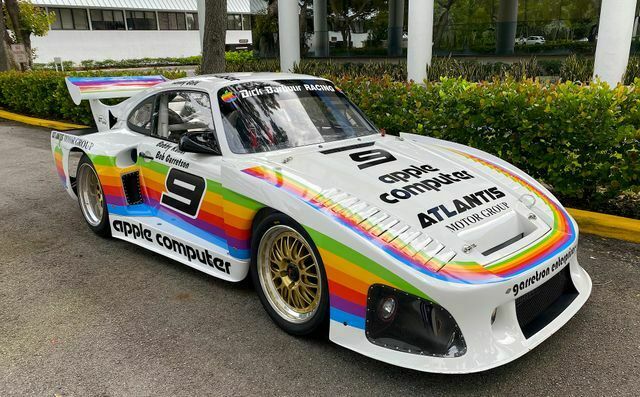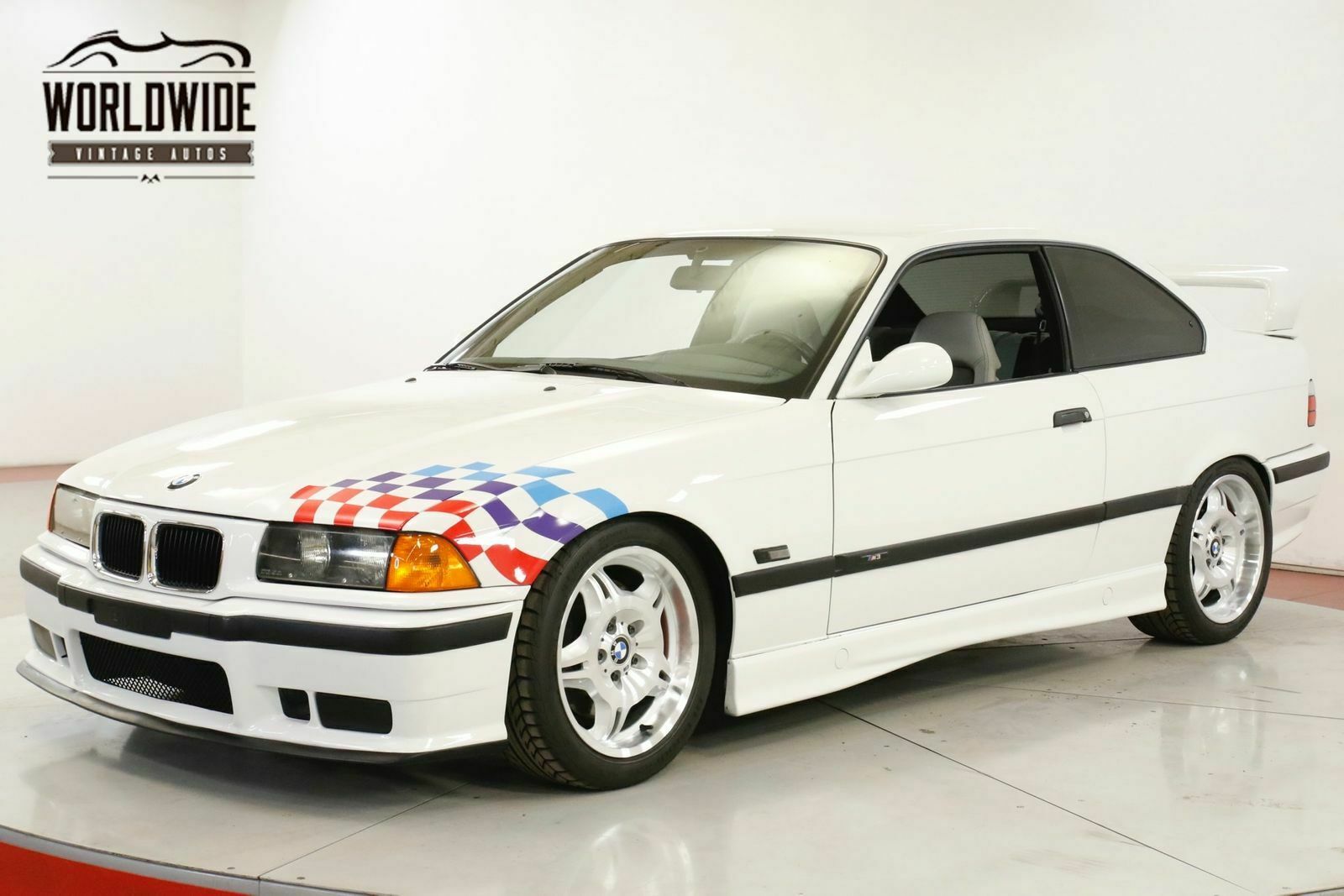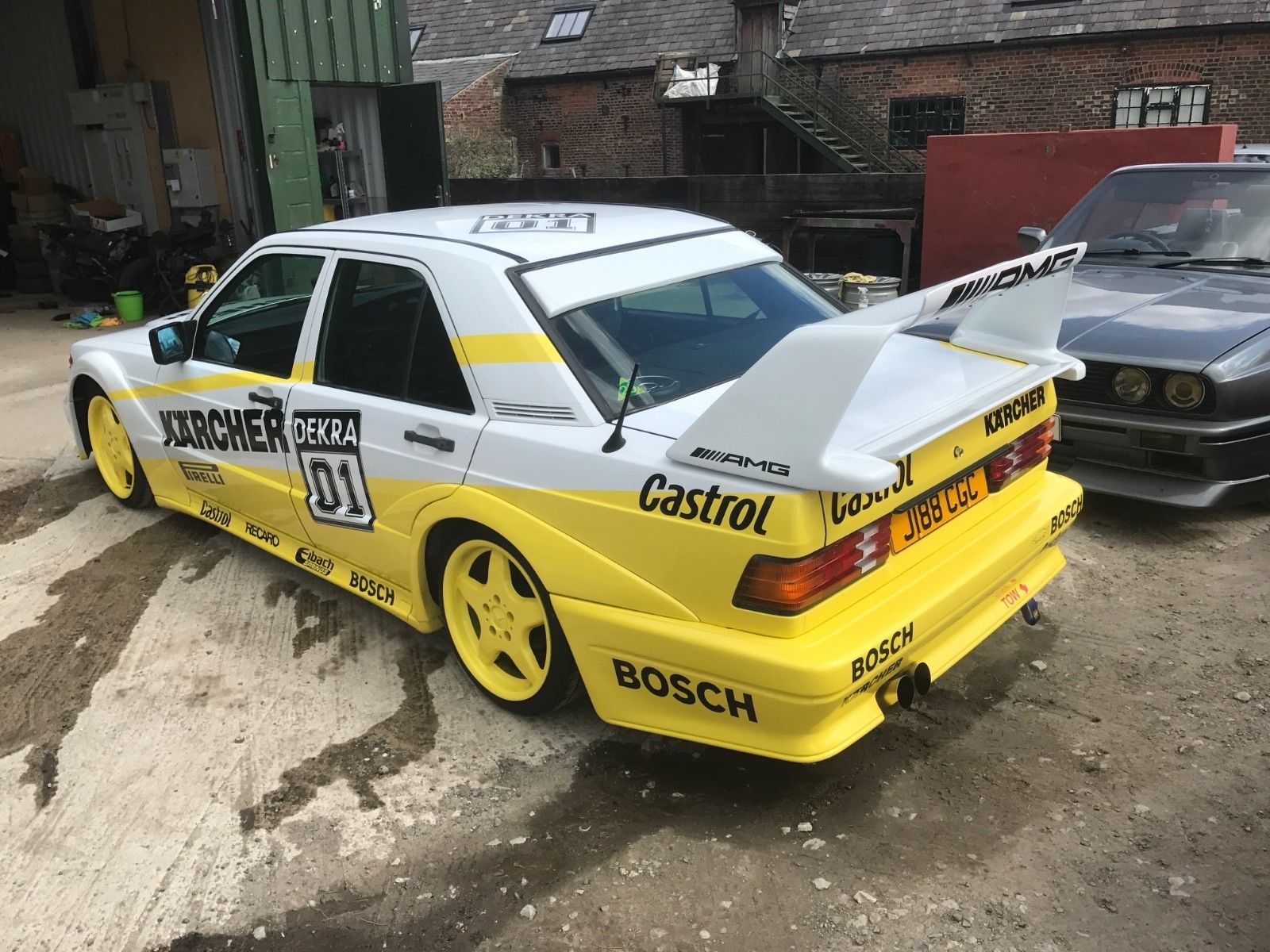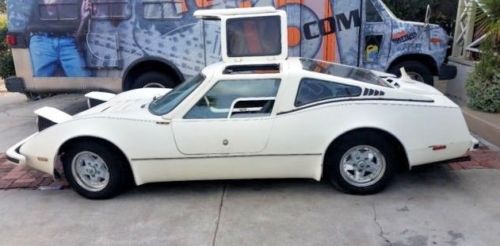Even though they don’t generally get the big headlines, arguably the Porsche 934 and 935 were the most important car in developing the racing history and reputation of Porsche. While the 356 and early 911s were certainly notable, it was in the mid-1970s with the introduction of turbocharged 911 in 935 form that Porsche developed a sizable following of independents who raced the all-conquering Turbos. In turn, it was these race successes that convinced enthusiasts that the Porsche 930 was THE car to have. The 935 was, in many ways, a development of the earlier 934. Wide flares coupled with wheels and brakes from the prototype category 917 and 936 gave a purposeful and classic look. While the roofline and doors remained effectively the same as the production cars, few other details matched what you could buy at the dealer. One of the biggest developments was the aerodynamic “Slantnose†developed with help from Kremer; it would become the signature look for not only the 935s but also the most expensive versions of the 930 in the 1980s. The 935 also helped breach the gap in between the 917 program and the start of the 956/962; while the 936s were the direct transference between the two, it would be the 935 that would carry the Porsche flag around the world. Amongst the notable wins for the 935 were around 150 international victories including all-out victory at Le Mans in 1979 and multiple wins at both Sebring and Daytona.
So it’s little surprise that there’s no shortage of replicas, and this particular ’69 911 has ended up being a pretty impressive Kremer K3 replica:









